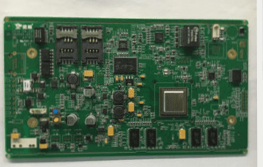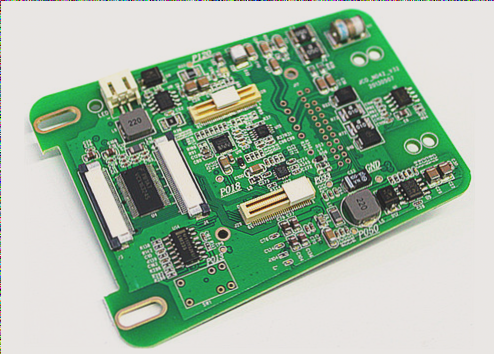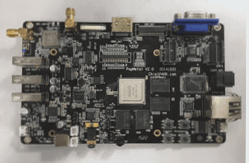The Importance of PCB Trace Current Density in PCB Design
Understanding PCB Trace Current Density and Its Implications
PCB trace current density is a crucial factor in PCB design that is often underestimated but can have severe consequences. It refers to the amount of current flowing through a unit area of conductive material, such as copper traces commonly used in PCBs.
The Impact of High PCB Trace Current Density
- Ignoring PCB trace current density can lead to issues like circuit board overheating, circuit failure, and even fire hazards.
- Insufficient trace width to accommodate current load may result in trace blowouts during power-up.
- Current density problems can also affect power output and cause voltage drops along traces.
Ensuring Proper PCB Trace Current Density
When designing a PCB, it is essential to calculate and ensure that traces can handle the expected current load. This is particularly critical for designs with high-current components like power transistors or LEDs.
- Utilize PCB trace current density calculators to determine the minimum trace width needed for high-current traces.
- Consider interconnect vias in addition to trace width to maintain effective conductivity.
- Thicker traces should be used for larger currents, and wider traces can help reduce current density issues.
Considering the shrinking size of electronic devices, opting for thicker copper from the PCB manufacturer can allow for narrower traces while maintaining sufficient conductive area.



